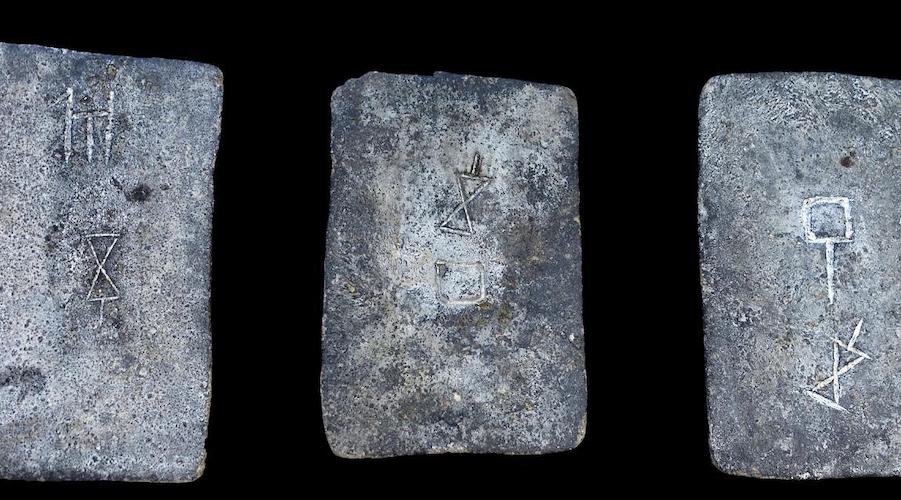
Researchers from Heidelberg University and the Curt Engelhorn Centre for Archaeometry in Mannheim discovered that ancient tin ingots from the Bronze Age found in Greece, Israel, and Turkey did not come from Central Asia, as previously assumed, but from tin deposits in Europe.
Using lead and tin isotope data as well as trace element analysis, they were able to get to the origin of the objects. “The tin artifacts from Israel, for example, largely match tin from Cornwall and Devon in Great Britain,” they said in a media statement.
The researchers used methods of the natural sciences to uncover the geographic origin of archaeological tin artifacts from the Mediterranean
Early tin exploitation appears to have been taken place on placer deposits of cassiterite.
In the experts’ view, these findings solve a question that archaeologists have had for decades, given that the Eastern Mediterranean region -where the ingots were found- had practically none of its own tin deposits. The raw material was already being alloyed with copper to create bronze in the second millennium BCE.
“Bronze was used to make weapons, jewellery, and all types of daily objects,” Ernst Pernicka, a retired professor at the Institute for Earth Sciences of Heidelberg University, said in the press brief. “[But] the origin of tin has long been an enigma in archaeological research.”
Pernicka believes that the new study helps solve the enigma and shows that an early international trade network existed in the Bronze Age between Europe and the Eastern Mediterranean.
7 Comments
Edward Paxton
So the Egyptians got it from there so it should have been a known source.
Edward Lewis Paxton
It is known that the Egyptians got tin from Cornwall so even before the ancients in your research which depending could have saved you some bother if any of them were knowledgeable in the area of tin and history.
John Lawson
This article confirms what I always believed the ancients bought cassiterite fro. Cornwall, took it the eastern Mediterranean probably Cyprus, where it was made into Bronze.
John Lawson
It is very interesting to realise that given mass spectrometry and the Atomic adsorption spectrophotometry, it has taken so long for this to be realised, that the majority of the tin came from the British Isles! One can only assume that it must have been anti archeological thinking to presume that they would get their Tin from anywhere else but the eastern end of the Mediterranean!
Wynn Parks
Tin from BCE Cornwall? What a surprise! Maybe the Archaeologists should get out of the lad sometime and spend some time reading history.
Wynn Parks
Correction to the previous comment: read “lab” rather than “lad”.
Rob Bloem
So Iman Wilkens was right